
Introduction
Essential Tremor (ET) is a neurological condition characterized by rhythmic trembling, primarily affecting the hands and arms. This condition can significantly impact daily activities, leading to frustration and a reduced quality of life.
Key Points About Essential Tremor:
- Common movement disorder
- Can progress over time
- Often misdiagnosed as Parkinson’s Disease
Understanding the nuances of ET can empower patients and caregivers in seeking appropriate treatment options.
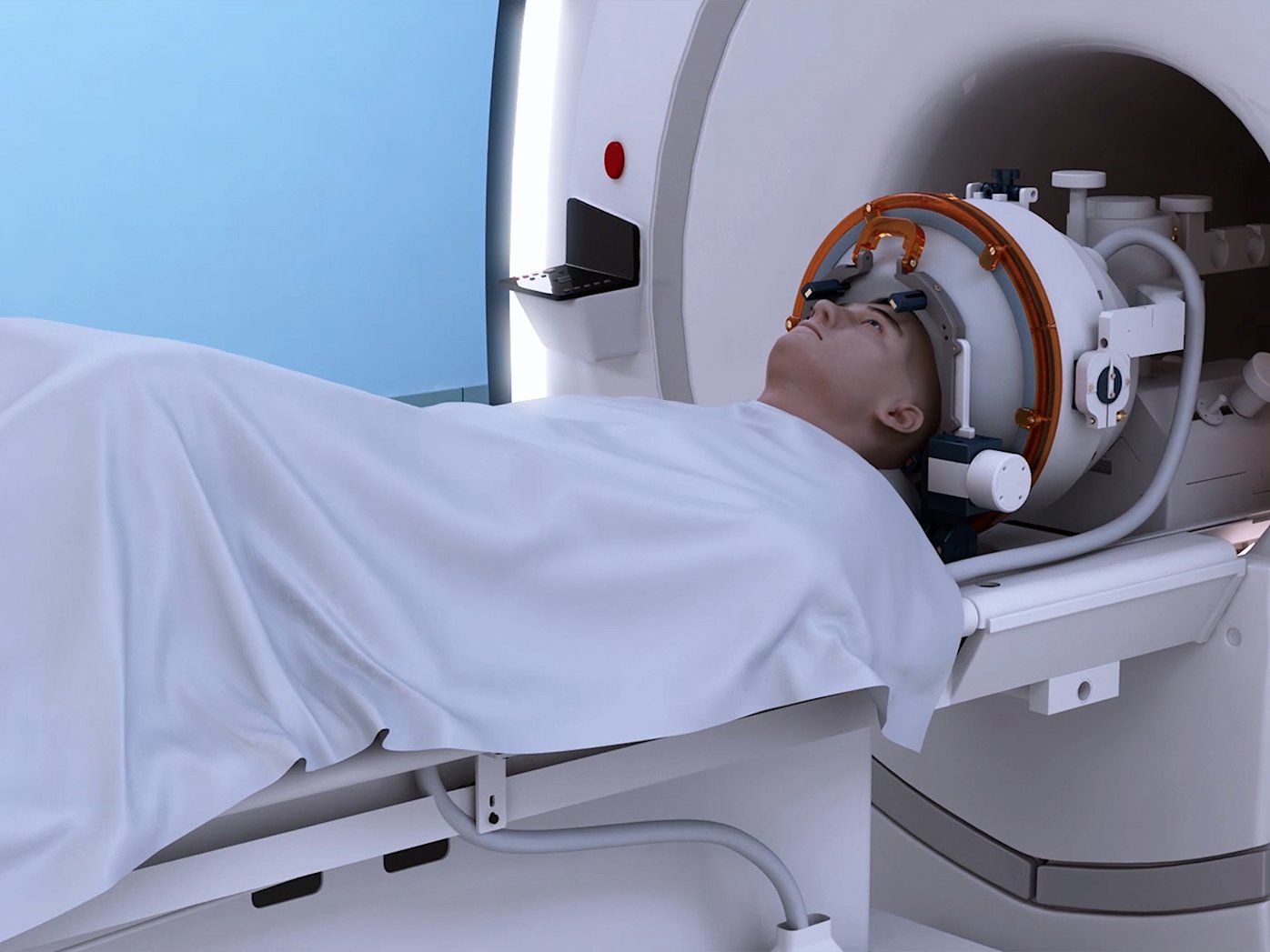
Understanding Essential Tremor
Causes and Symptoms
The exact causes of Essential Tremor remain elusive, though several factors are believed to contribute to its onset.
Common Causes:
- Genetic predisposition
- Abnormal brain activity, particularly in the thalamus
- Environmental factors
Symptoms typically manifest as involuntary shaking, particularly during movements, and may include:
– Hand tremors while reaching for objects
– Voice changes
- Difficulty writing or performing tasks requiring manual dexterity
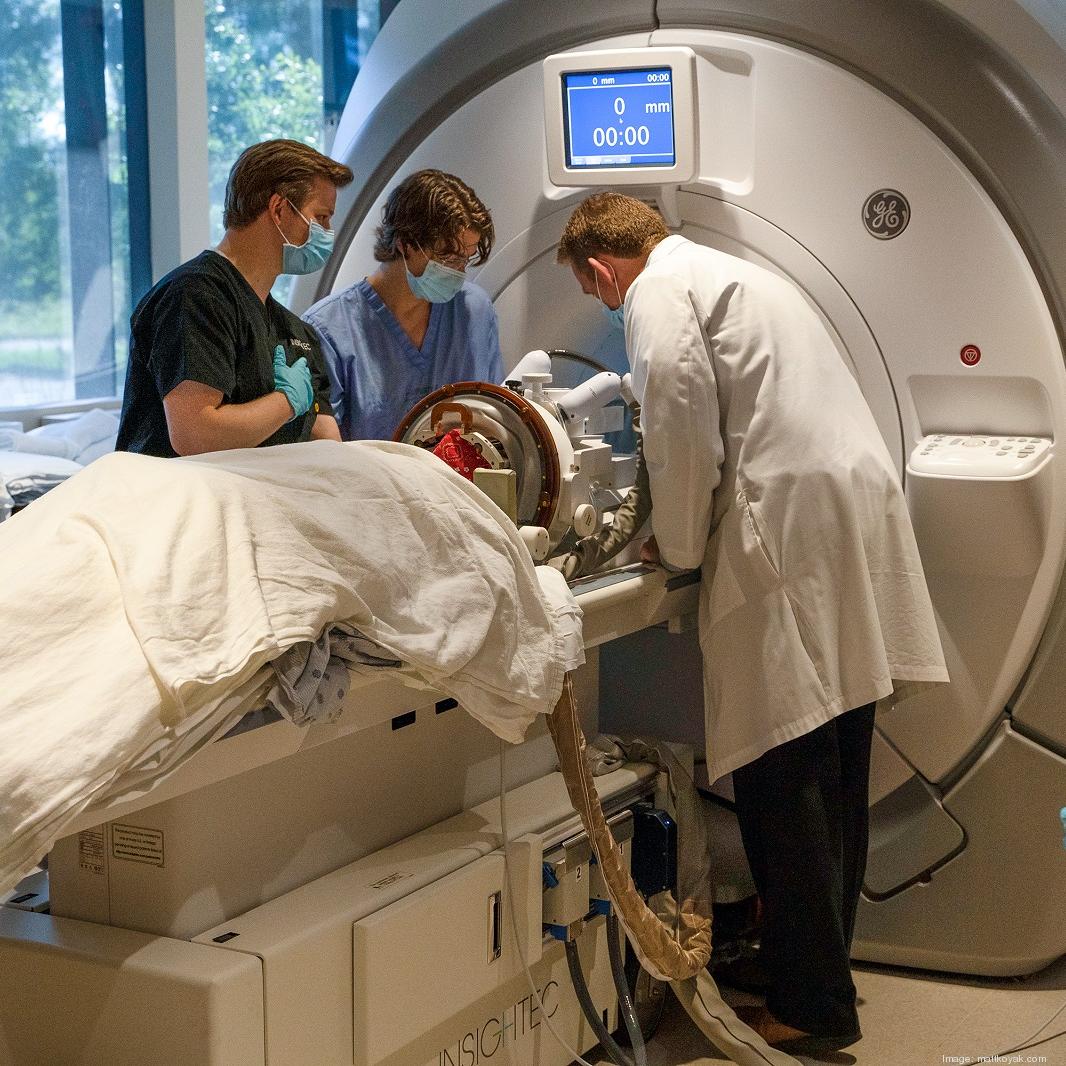
Conventional Treatments for Essential Tremor
Medications
For many individuals, medications are the first line of treatment for managing Essential Tremor.
Common Medications Include:
- Beta-blockers (e.g., Propranolol) to reduce tremors
- Anticonvulsants (e.g., Primidone) for symptom control
- Benzodiazepines for anxiety-related tremors
Deep Brain Stimulation
When medications prove inadequate, Deep Brain Stimulation (DBS) offers an alternative. This surgical intervention involves implanting a device that sends electrical impulses to specific brain areas, effectively reducing tremors and improving quality of life for many patients.

Introduction of MRI-Guided Ultrasound
How MRI-Guided Ultrasound Works
MRI-Guided Ultrasound is an innovative, non-invasive treatment method for Essential Tremor. It uses focused ultrasound waves to target specific brain regions, guided by real-time MRI imaging.
Benefits of MRI-Guided Ultrasound:
- Non-invasive procedure with minimal recovery time
- Reduced risk of complications compared to surgical options
- Immediate results observed in tremor reduction
Risks to Consider:
- Potential for temporary side effects, such as headaches or discomfort
- Limited long-term data on effectiveness and safety

A Man’s Journey with MRI-Guided Ultrasound
Initial Diagnosis and Decision
John, a 62-year-old man, struggled with Essential Tremor for years. Following various treatments with limited success, his neurologist suggested MRI-Guided Ultrasound. After extensive research and consultations, he decided to pursue this innovative option, eager for a life unburdened by tremors.
Treatment Process and Results
During the outpatient procedure, MRI images guided focused ultrasound to deliver precise energy, targeting the thalamus. Post-treatment, John experienced remarkable tremor reduction, empowering him to reclaim daily activities that were once challenging. His journey highlights the potential of MRI-Guided Ultrasound as a viable treatment alternative.
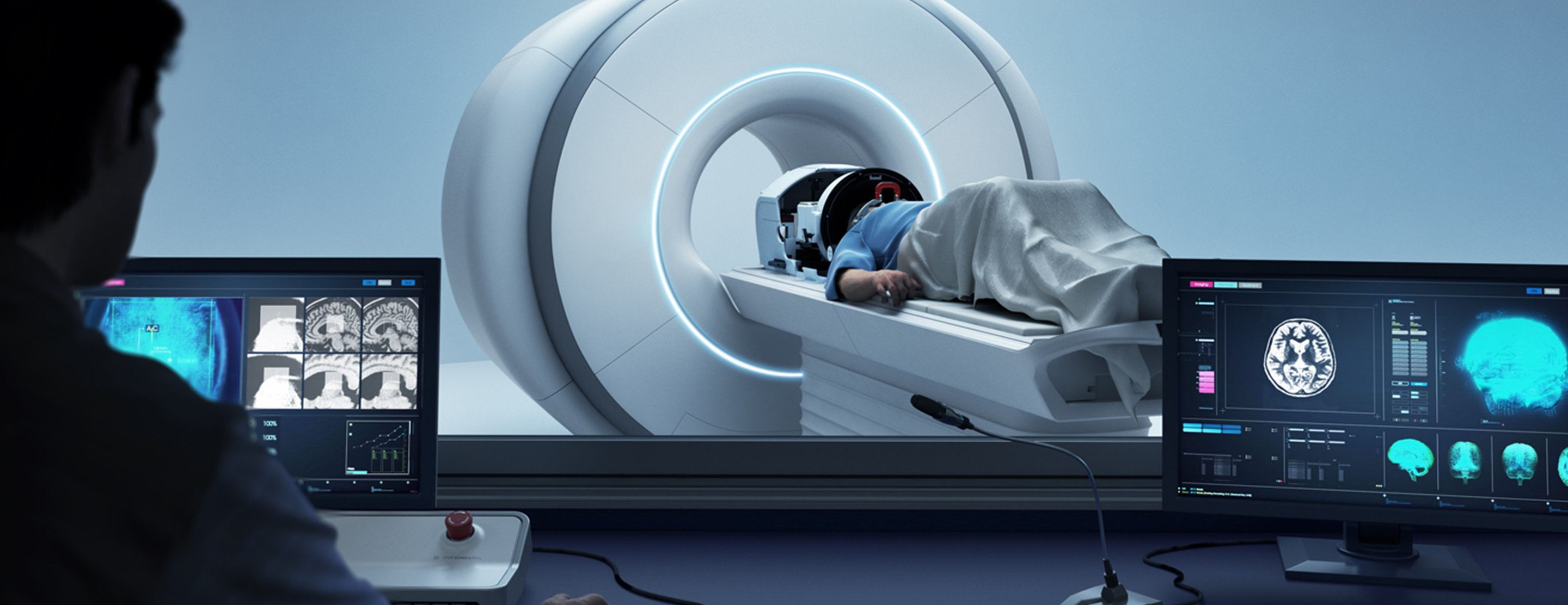
Post-Treatment Experience and Follow-Up
Following his MRI-Guided Ultrasound treatment, John experienced a significant boost in his quality of life.
Immediate Post-Treatment Experience:
- Minimal discomfort with quick recovery
- Encouraging initial results in tremor reduction
Follow-Up Appointments:
Regular check-ups allowed the medical team to monitor John’s progress and adjust any ongoing treatments as necessary. John reported sustained improvements, enhancing his daily confidence and independence.
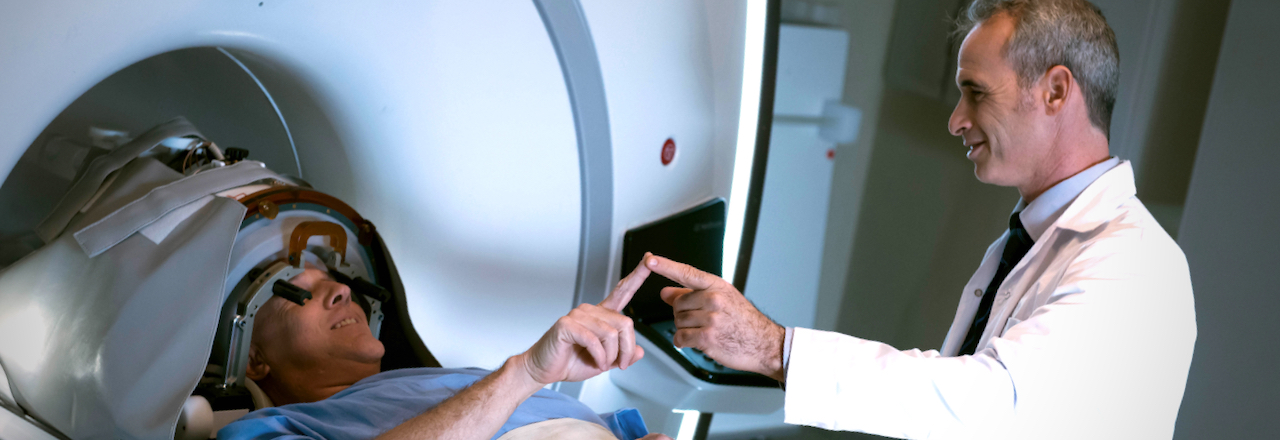
Challenges and Triumphs Along the Way
John’s journey with Essential Tremor and subsequent treatment via MRI-Guided Ultrasound was not without challenges.
Challenges Faced:
- Initial skepticism about the treatment’s effectiveness
- Managing expectations regarding recovery time
Triumphs Achieved:
- Significant reduction in tremors allowed him to perform tasks with ease
- Renewed sense of confidence led to reconnecting with hobbies, enhancing his overall well-being.
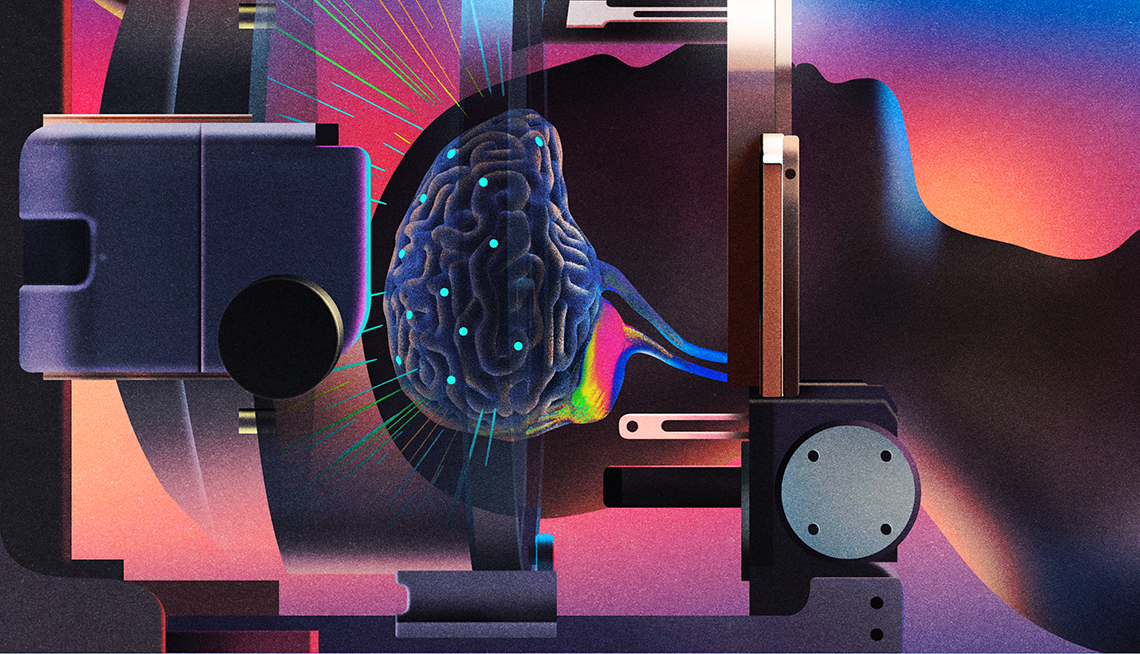
Conclusion
Impact of MRI-Guided Ultrasound Journey
John’s experience with MRI-Guided Ultrasound not only transformed his ability to manage Essential Tremor but also inspired others facing similar challenges.
Future Perspectives and Hope
As research continues, MRI-Guided Ultrasound presents a promising frontier in tremor treatment, with potential for broader applications. Patients can look forward to innovative therapies that enhance quality of life and restore independence, fostering hope for a tremor-free future.

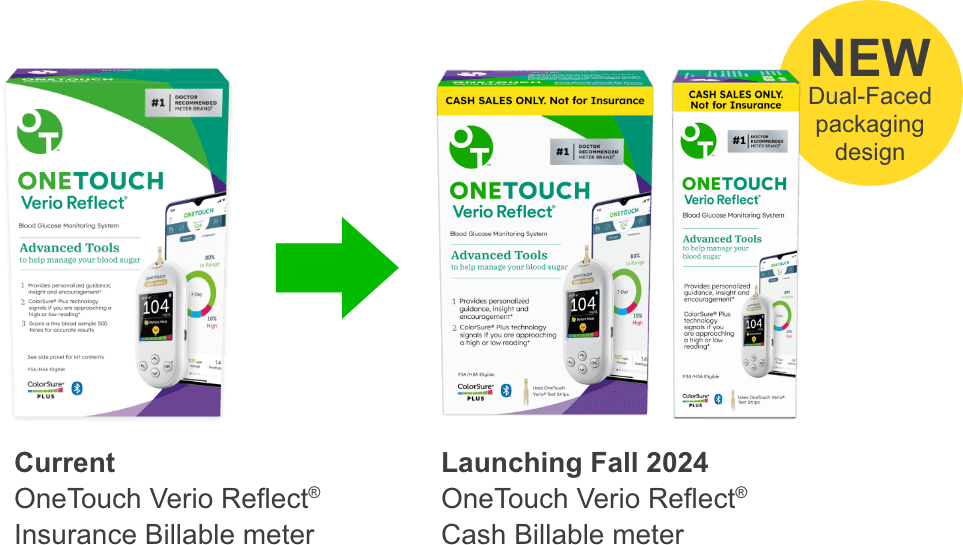
Leave a Reply